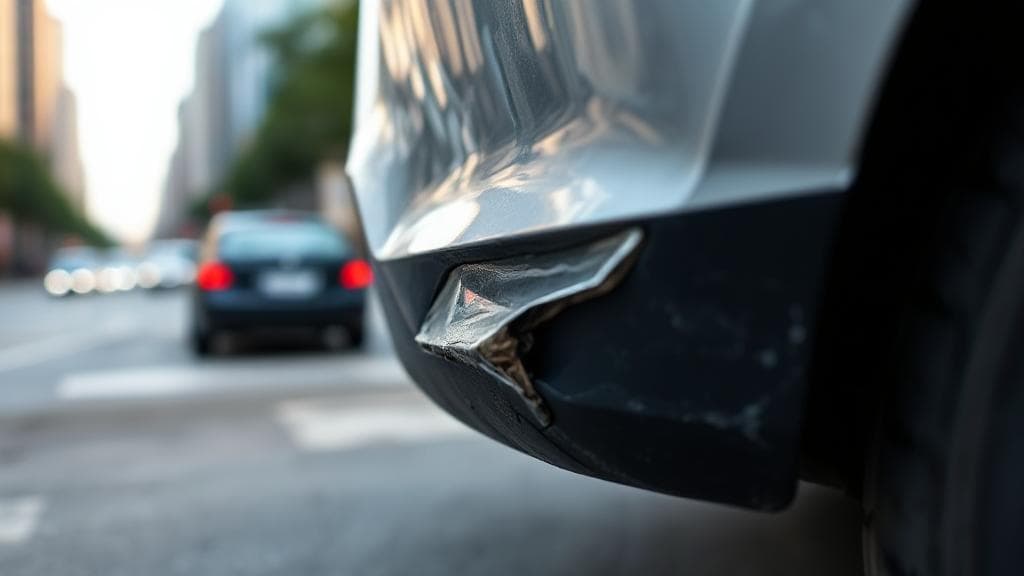Assessing the Damage
Before deciding to file a claim, it's crucial to assess the extent of the damage. Here are some steps to consider:
-
Visual Inspection: Examine the bumper for visible damage such as dents, scratches, or cracks. Check if the damage affects any other parts of the vehicle, like the lights or sensors.
-
Functional Check: Ensure that the bumper is still securely attached and that there are no issues with the vehicle's performance or safety features.
-
Estimate Repair Costs: Obtain repair estimates from multiple auto body shops. You can:
- Visit multiple auto body shops for quotes
- Use online estimator tools like RepairPal
- Check with your dealership's service department
When to File a Claim
High Repair Costs
If the repair costs exceed your deductible, it might be worth filing a claim. Here's a simple formula:
If Repair Cost < Deductible: Pay out of pocket
If Repair Cost > Deductible: Consider filing a claim
Safety Considerations
File a claim if:
- The bumper has structural damage
- Safety sensors or cameras are affected
- Airbag systems might be compromised
- There's frame damage
- Multiple damages are present
- Third-party involvement exists
Comprehensive Coverage
If you have comprehensive coverage, it might cover damages from non-collision incidents, such as vandalism or hitting an animal. Check your policy to see if your situation is covered.
When Not to File a Claim
Consider paying out of pocket if:
- Damage is purely cosmetic
- Repairs are minor (scratches, small dents)
- Cost is close to your deductible
- You want to avoid premium increases
Understanding Rate Increases
Filing a claim often leads to premium increases. Studies from Insurance.com show that:
- First at-fault accident: 20-40% increase
- Second at-fault accident: 40-150% increase
- Multiple claims within 3 years: Possible non-renewal
Documentation Requirements
Always document damage regardless of your decision:
- Take clear photos from multiple angles
- Get written estimates
- Note date, time, and circumstances
- Keep all receipts
Legal Considerations
Some states require reporting accidents to the DMV if damage exceeds certain amounts. Check your local regulations at the DMV website. For more detailed information, visit the National Highway Traffic Safety Administration (NHTSA) website.
Long-term Impact
Consider these factors when making your decision:
| Factor | Impact Duration |
|---|---|
| Premium Increase | 3-5 years |
| Claim Record | 5-7 years |
| Credit Score Effect | Minimal |
Alternative Solutions
Before filing a claim, explore these options:
- Paintless dent repair
- Mobile repair services
- DIY solutions for minor damage
- Payment plans with repair shops
According to the Insurance Information Institute (III), failing to report damage to your insurance company can lead to denied claims or increased premiums in the future. Always consult with your insurance provider if you're unsure about the best course of action.
